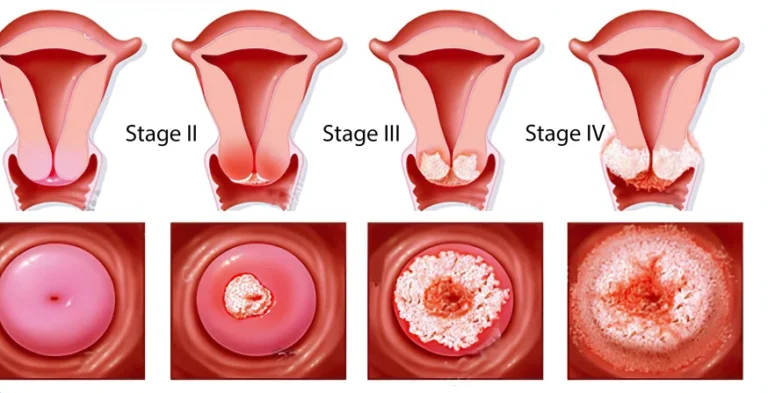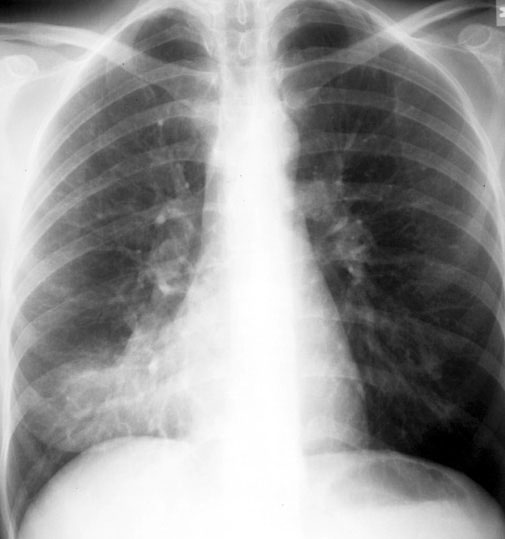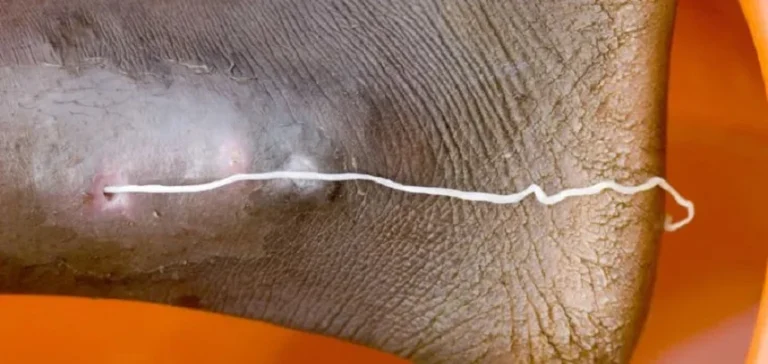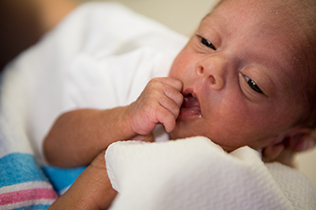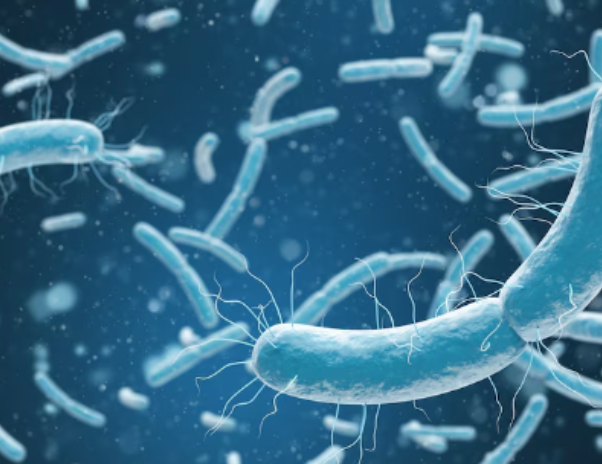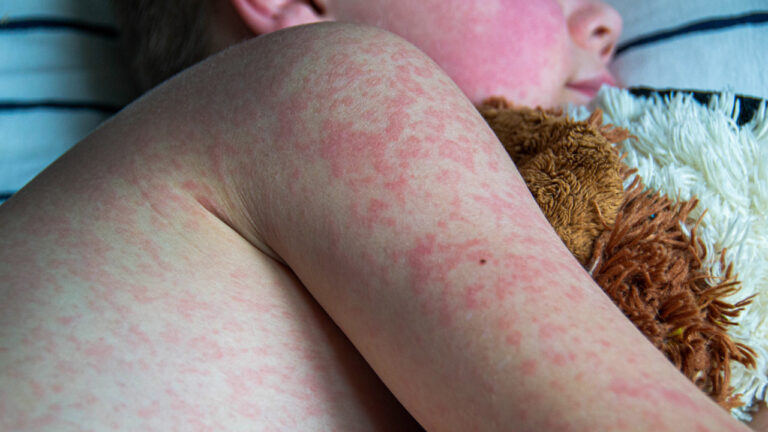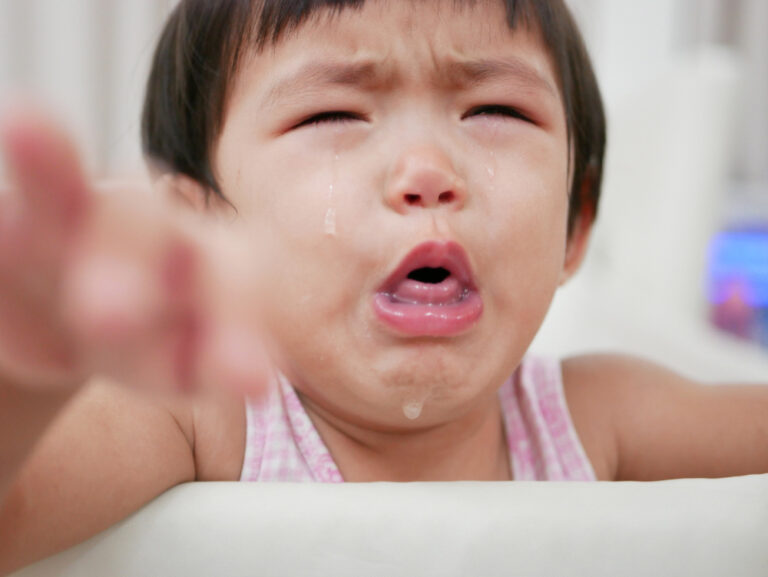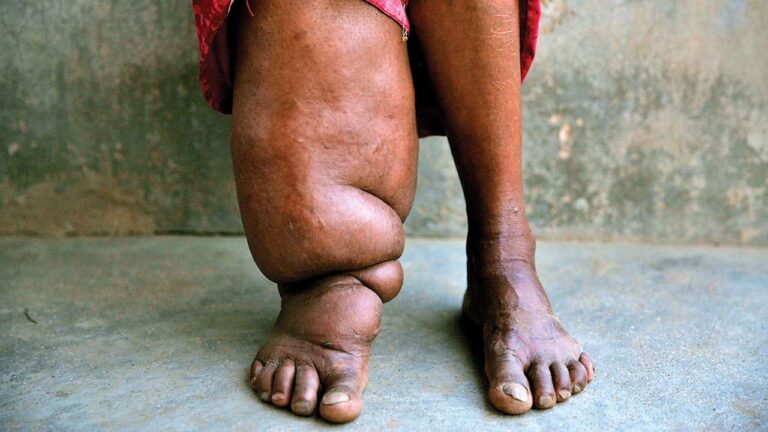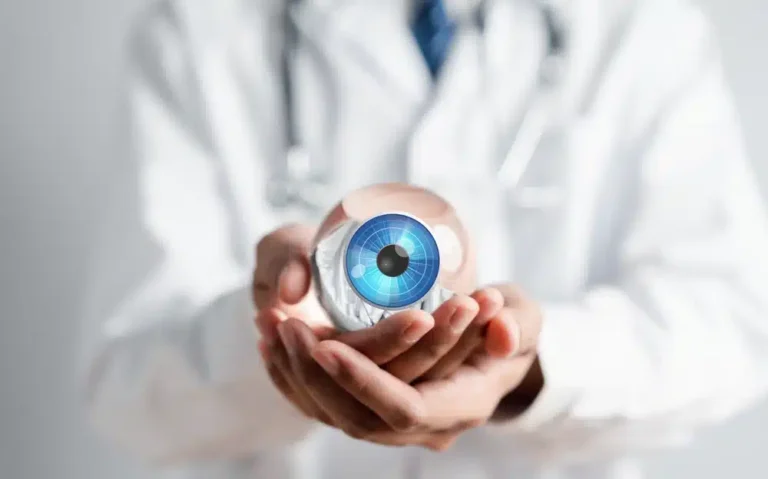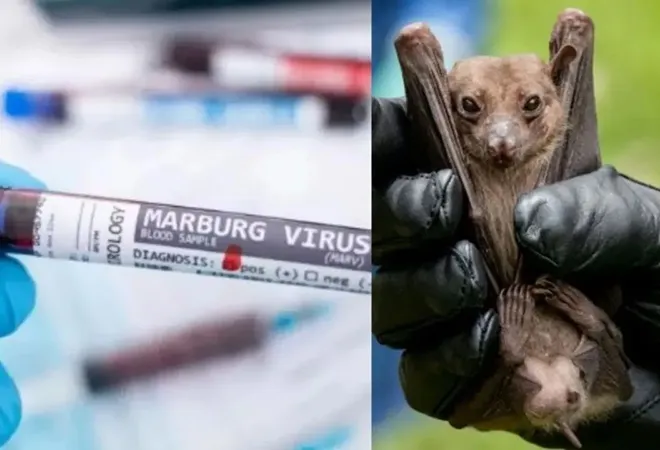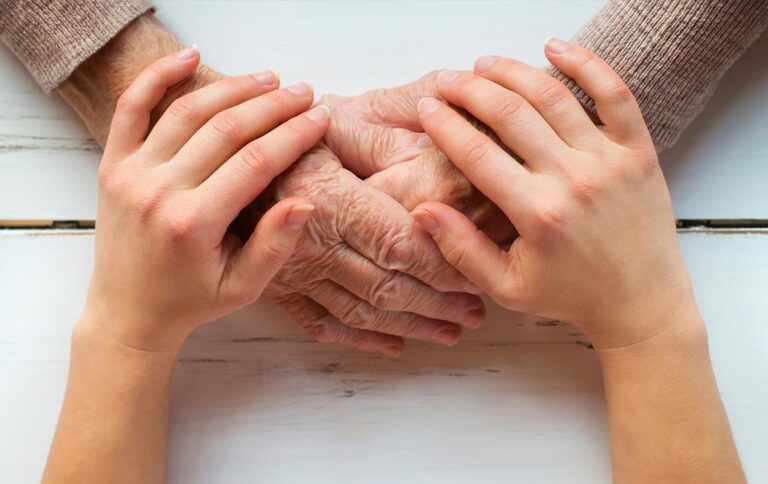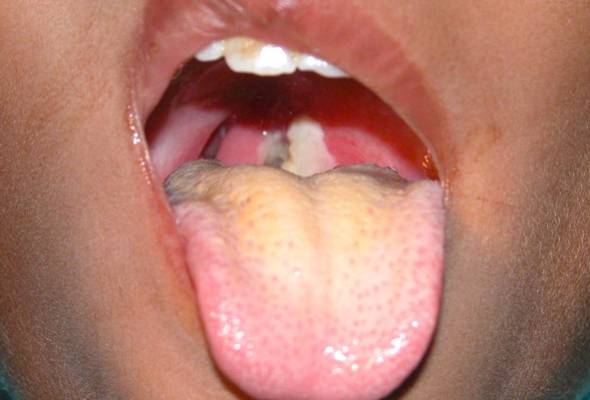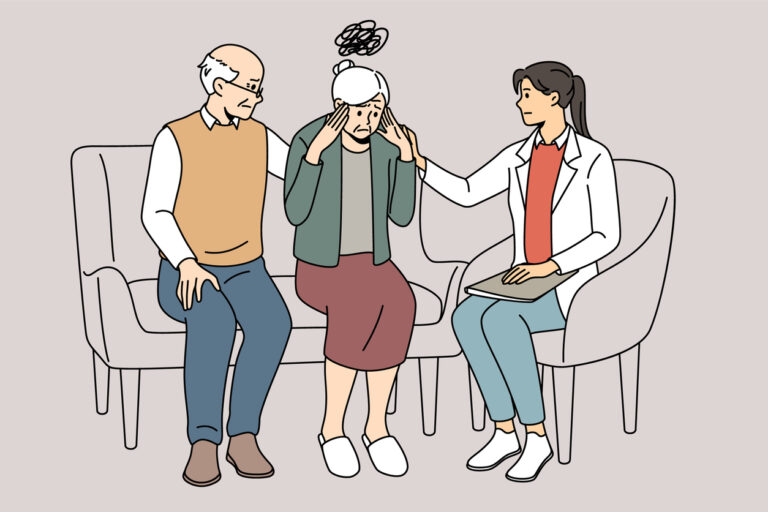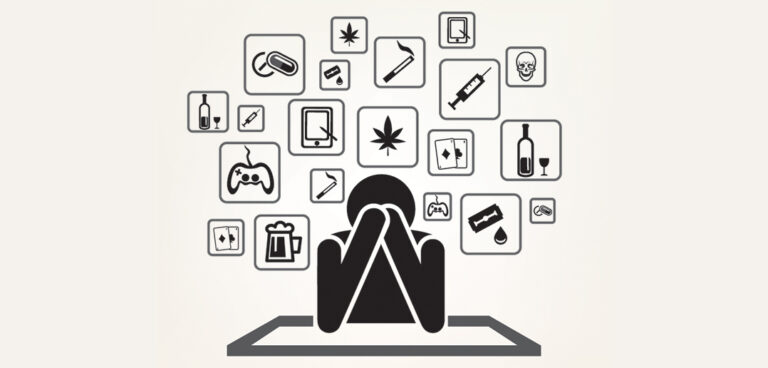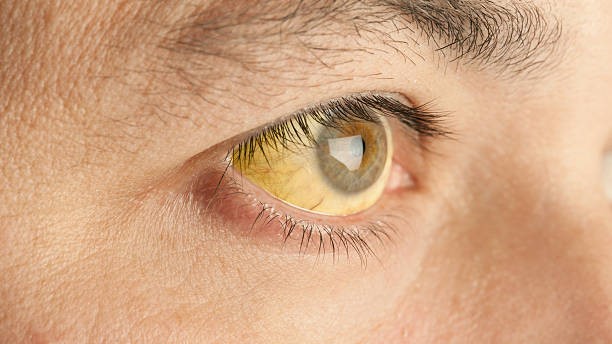Polio
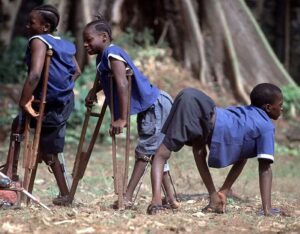 Poliomyelitis, commonly known as polio, is a highly contagious viral disease that can cause paralysis. While significant progress has been made in eradicating polio worldwide, it remains a public health concern in certain regions.
Poliomyelitis, commonly known as polio, is a highly contagious viral disease that can cause paralysis. While significant progress has been made in eradicating polio worldwide, it remains a public health concern in certain regions.
Understanding Polio:
- Causative Agent:
- Poliovirus, a member of the enterovirus family.
- Poliovirus, a member of the enterovirus family.
- Transmission:
- Primarily through the fecal-oral route, meaning the virus is spread through contact with the stool of an infected person.
- Less commonly, through oral-oral transmission (e.g., contaminated saliva).
- The virus can survive in the environment for extended periods, particularly in contaminated water.
- Primarily through the fecal-oral route, meaning the virus is spread through contact with the stool of an infected person.
Symptoms:
Most polio infections are asymptomatic, meaning people do not experience any symptoms. However, when symptoms do occur, they can range from mild to severe:
- Non-paralytic polio:
- Flu-like symptoms, such as fever, fatigue, headache, muscle aches, and nausea.
- These symptoms typically last a few days.
- Flu-like symptoms, such as fever, fatigue, headache, muscle aches, and nausea.
- Paralytic polio:
- A more severe form of the disease that can cause paralysis.
- Symptoms include:
- Severe muscle pain and spasms. Loss of reflexes.
- Limp and floppy limbs, often worse on one side of the body.
- Paralysis, which can be temporary or permanent.
- In severe cases, paralysis of the respiratory muscles can lead to death.
- Severe muscle pain and spasms.
- A more severe form of the disease that can cause paralysis.
- Post-polio syndrome (PPS):
- A condition that can develop years after a polio infection.
- Symptoms include:
- Muscle weakness and pain.
- Fatigue.
- Joint pain.
- Breathing and swallowing problems.
- Muscle weakness and pain.
- A condition that can develop years after a polio infection.
Diagnosis:
- Polio is diagnosed through laboratory testing of stool samples or throat swabs to detect the poliovirus.
- In cases of paralytic polio, a neurological examination is also performed.
Treatment:
- There is no cure for polio.
- Pain relief.
- Respiratory support (e.g., mechanical ventilation).
- Physical therapy to improve muscle function. Treatment focuses on supportive care to manage symptoms and prevent complications:
- Pain relief.
Prevention:
- Vaccination:
- The polio vaccine is the most effective way to prevent polio.
- There are two types of polio vaccines:
- Inactivated poliovirus vaccine (IPV): Given as an injection.
- Oral poliovirus vaccine (OPV): Given as drops in the mouth.
- Inactivated poliovirus vaccine (IPV): Given as an injection.
- Global polio eradication efforts have relied heavily on widespread vaccination campaigns.
- The polio vaccine is the most effective way to prevent polio.
- Hygiene:
- Practicing good hygiene, such as frequent handwashing, can help prevent the spread of the virus.
- Practicing good hygiene, such as frequent handwashing, can help prevent the spread of the virus.
Global Eradication Efforts:
- The Global Polio Eradication Initiative (GPEI) is a worldwide effort led by the World Health Organization (WHO), Rotary International, the U.S. Centers for Disease Control and Prevention (CDC), and UNICEF.
- Significant progress has been made in reducing polio cases globally.
- However, polio remains endemic in a few countries, and continued efforts are needed to achieve complete eradication.
Key Points:
- Polio is a preventable disease.
- Vaccination is crucial for protecting against polio.
- Global eradication efforts are ongoing.
I hope this information is helpful.

